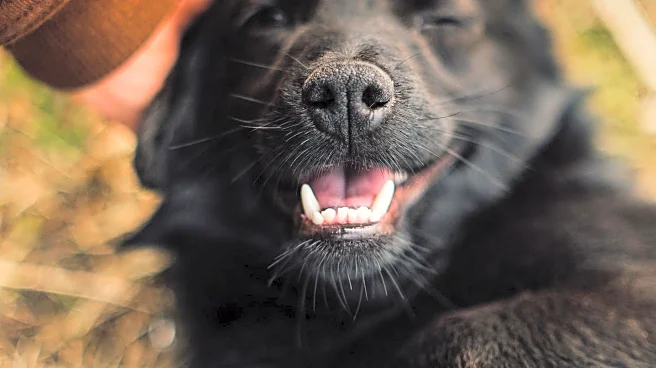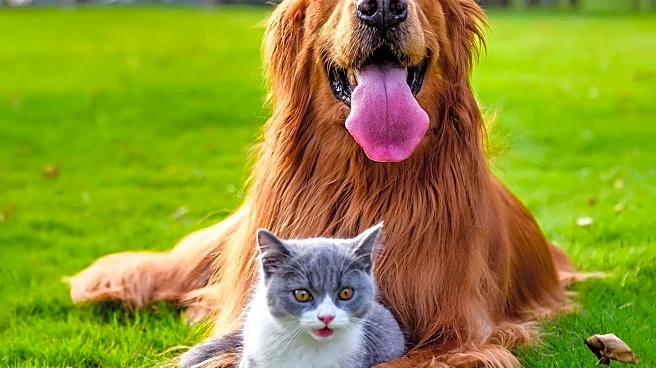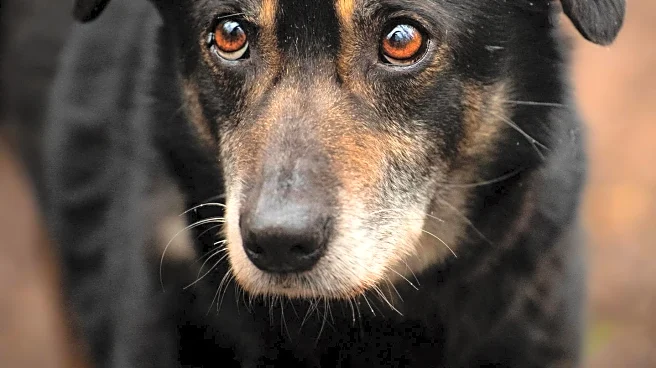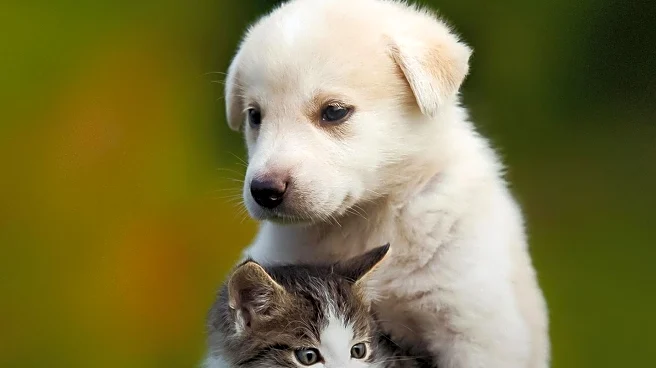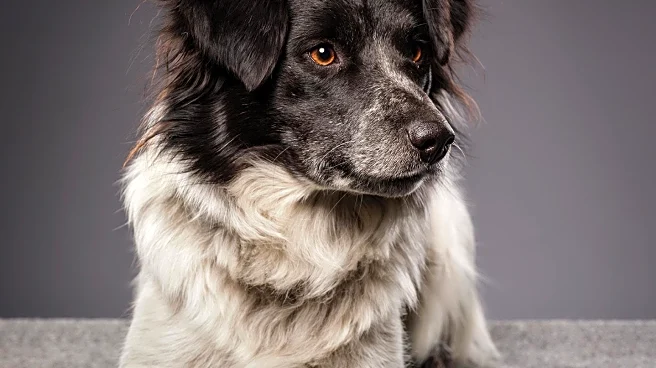What's Happening?
Musician Kailynn West adopted her rescue dog, Birdie, from the Helen Woodward Animal Center in San Diego in November 2024. Birdie, initially shy, formed a strong emotional bond with West, particularly
associating positive memories with a bright yellow-green sweater West wore on the day of adoption. Months after settling into her new home, Birdie began reacting specifically to this sweater, prompting West to test the dog's response by wearing different sweaters. Birdie showed no interest in other clothing but reacted enthusiastically to the green sweater, indicating a strong associative memory linked to her adoption day.
Why It's Important?
This story underscores the profound emotional connections and associative memories that dogs can form, particularly through their acute sense of smell. Birdie's reaction to the sweater suggests that dogs can associate specific scents with significant life events, which can have implications for understanding canine behavior and memory. This insight is valuable for pet owners and animal behaviorists, highlighting the importance of scent in a dog's emotional and memory processing. It also emphasizes the emotional depth of rescue animals and the lasting impact of adoption experiences.
What's Next?
While the story primarily focuses on Birdie's reaction, it opens up potential avenues for further exploration into canine memory and behavior. Researchers and pet owners might consider studying how scents and objects can be used to reinforce positive experiences for rescue animals, potentially aiding in their adjustment and emotional well-being. Additionally, this could lead to more tailored approaches in animal shelters to create positive associations for animals awaiting adoption.
Beyond the Headlines
The story of Birdie and her sweater highlights the ethical considerations in animal rescue and adoption processes. Understanding the emotional and sensory experiences of rescue animals can lead to improved practices in shelters, ensuring that animals have positive associations with their environment and caretakers. This could foster better adjustment and integration into new homes, ultimately enhancing the welfare of rescue animals.
